Aure Chemical: Your Reliable Source for High-Purity Dimethyl Disulfide (CAS 624-92-0)
Aure Chemical is a premier global supplier of high-quality Dimethyl Disulfide (C₂H₆S₂), commonly known as DMDS. Identified by its CAS number 624-92-0, this organosulfur compound is a clear, colorless to pale yellow liquid with a strong, distinctive, and often unpleasant odor, even at very low concentrations. Despite its potent smell, DMDS is an incredibly valuable and versatile chemical, primarily used as a highly effective sulfiding agent for catalysts in the petrochemical industry, a crucial chemical intermediate in various organic syntheses, and in some applications, as a fumigant or pesticide. Aure Chemical's unwavering commitment to excellence ensures that our Dimethyl Disulfide meets the stringent purity and performance requirements for your most demanding industrial and research applications, guaranteeing consistency and reliability.
Basic Information of Dimethyl Disulfide
Dimethyl Disulfide (CAS No. 624-92-0) is meticulously produced and rigorously tested to meet stringent quality standards. We ensure exceptional purity and consistent performance, essential for your critical applications:
| CAS No.: | 624-92-0 |
|---|
| EC No.: | 210-871-0 |
|---|
| Linear Formula: | C₂H₆S₂ |
|---|
| Molecular Weight: | 94.2 |
|---|
| Appearance: | Clear, colorless to pale yellow liquid |
|---|
| Odor: | Strong, characteristic odor. |
|---|
| Melting Point: | -85 °C |
|---|
| Boiling Point: | 109 °C(lit.) |
|---|
| Density: | 1.0625 |
|---|
| Solubility: | Slightly soluble in water. Miscible with many organic solvents such as alcohols, ethers, and hydrocarbons. |
|---|
| Flash Point: | 76 °F |
|---|
| Odor Threshold: | Extremely low, highly detectable. |
|---|
| Flammability: | Flammable liquid and vapor. |
|---|
| RIDADR: | UN 2381 3/PG 2 |
|---|
| Chemical Structure: | 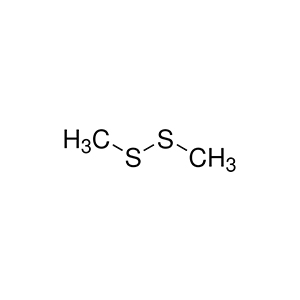 |
|---|
Our commitment to delivering high-purity Dimethyl Disulfide ensures a reliable and efficient component for your critical processes, offering consistent quality for diverse industrial needs.
Primary Applications of Dimethyl Disulfide (DMDS)
Dimethyl Disulfide's unique properties, including its sulfur content, reactivity, and potent odor, make it a valuable compound with applications across several industries:
Sulfiding Agent in Petrochemical Industry:
This is one of its most important applications. DMDS is widely used as a sulfiding agent to activate catalysts (e.g., hydrodesulfurization, hydrocracking catalysts) in refineries. It provides a safer and more efficient alternative to hydrogen sulfide for controlled sulfiding, improving catalyst performance and extending their lifespan.
Chemical Intermediate & Reagent:
DMDS serves as a versatile chemical intermediate and reagent in various organic synthesis reactions. It is a precursor for the production of other organosulfur compounds, pharmaceuticals, agrochemicals, and specialty chemicals. It can be used to introduce methylthio groups into organic molecules.
Fumigant & Pesticide:
In agriculture, DMDS is used as a fumigant to control soil-borne pests, nematodes, and weeds, particularly in certain fruit and vegetable crops. It acts as a broad-spectrum biocide, often used as an alternative to methyl bromide in some regions.
Odorant:
Due to its strong, distinctive odor, DMDS can be used as an odorant in various applications where a warning signal for leaks or presence of other substances is required. It can also be a component in some natural gas odorant blends.
Flavoring Agent:
In extremely low concentrations, DMDS contributes to the characteristic flavor and aroma of certain foods, such as garlic, onion, and some cheeses, acting as a flavoring agent in the food industry.
Why Choose Aure Chemical for Your Dimethyl Disulfide Supply?
Aure Chemical is dedicated to providing superior chemical solutions and unparalleled customer support. By partnering with us for your Dimethyl Disulfide requirements, you benefit from:
Exceptional Purity & Consistent Quality: Our Dimethyl Disulfide is manufactured to stringent purity specifications, crucial for its effectiveness as a sulfiding agent and reliability in chemical syntheses. We ensure consistent composition and minimal impurities.
Reliable Global Supply Chain: We maintain a robust and efficient supply network, guaranteeing timely and secure delivery of this flammable chemical to your facilities worldwide, adhering to all strict safety and regulatory standards for hazardous materials.
Expert Technical Support: Our team of experienced chemists and specialists is readily available to offer comprehensive guidance on product application, safe handling procedures, and optimal storage conditions for Dimethyl Disulfide, especially given its flammability and strong odor.
Commitment to Quality & Safety: We adhere to the highest industry standards for quality management, safety, and environmental responsibility across all our operations, ensuring peace of mind for our clients.
Choose Aure Chemical for a trustworthy and dependable supply of high-quality Dimethyl Disulfide. We're ready to support your most demanding and innovative industrial processes.
html
Hazards Classification
GHS Classification: Flammable Liquid (GHS02), Acute Toxicity (GHS06), Health Hazard (GHS08), Irritant (GHS07), Environmental Hazard (GHS09)
Hazard Statements: Highly flammable liquid and vapor (H225); Toxic if inhaled (H331); Harmful if swallowed (H302); Causes serious eye irritation (H319); May cause an allergic skin reaction (H317); May cause respiratory irritation (H335); Very toxic to aquatic life with long lasting effects (H410).
UN Number: UN 2381
Hazard Class: 3 (Flammable Liquids)
Packing Group: II
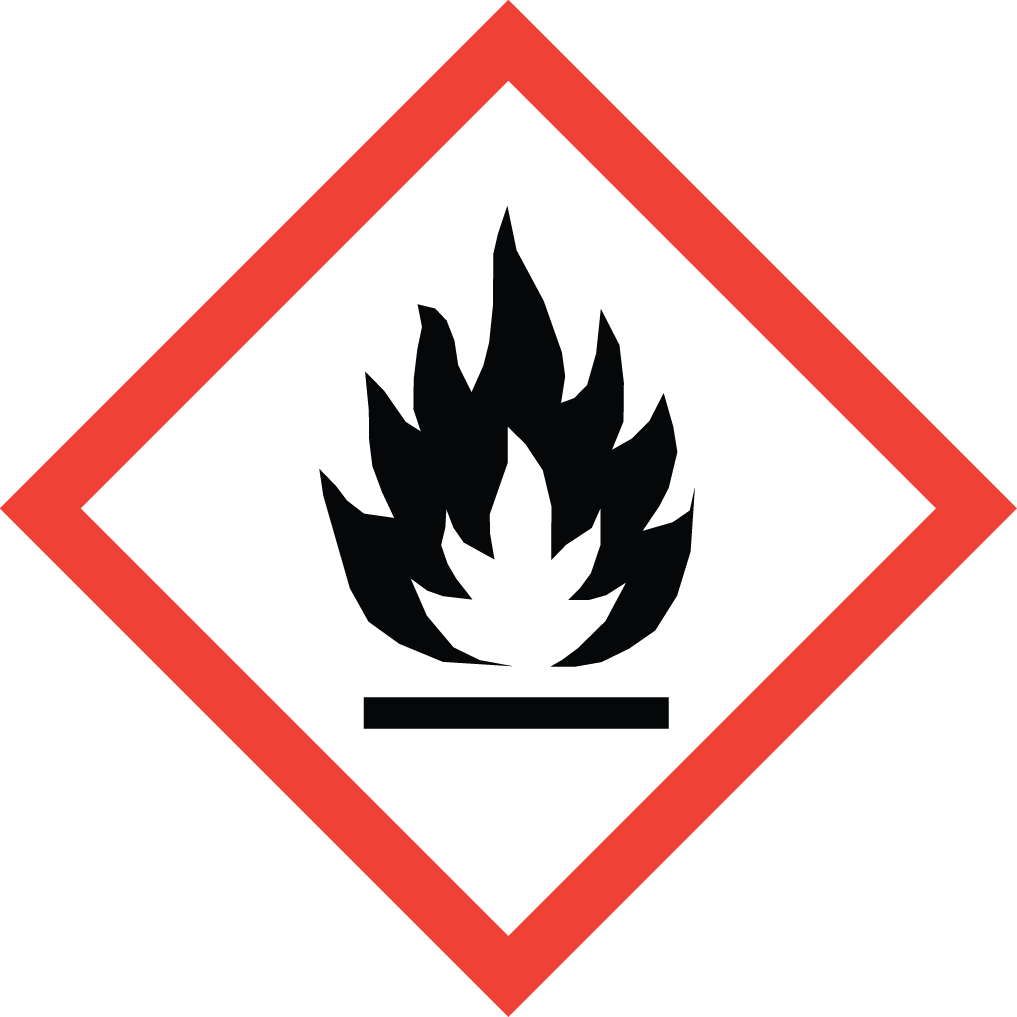 GHS02: Flammable
GHS02: Flammable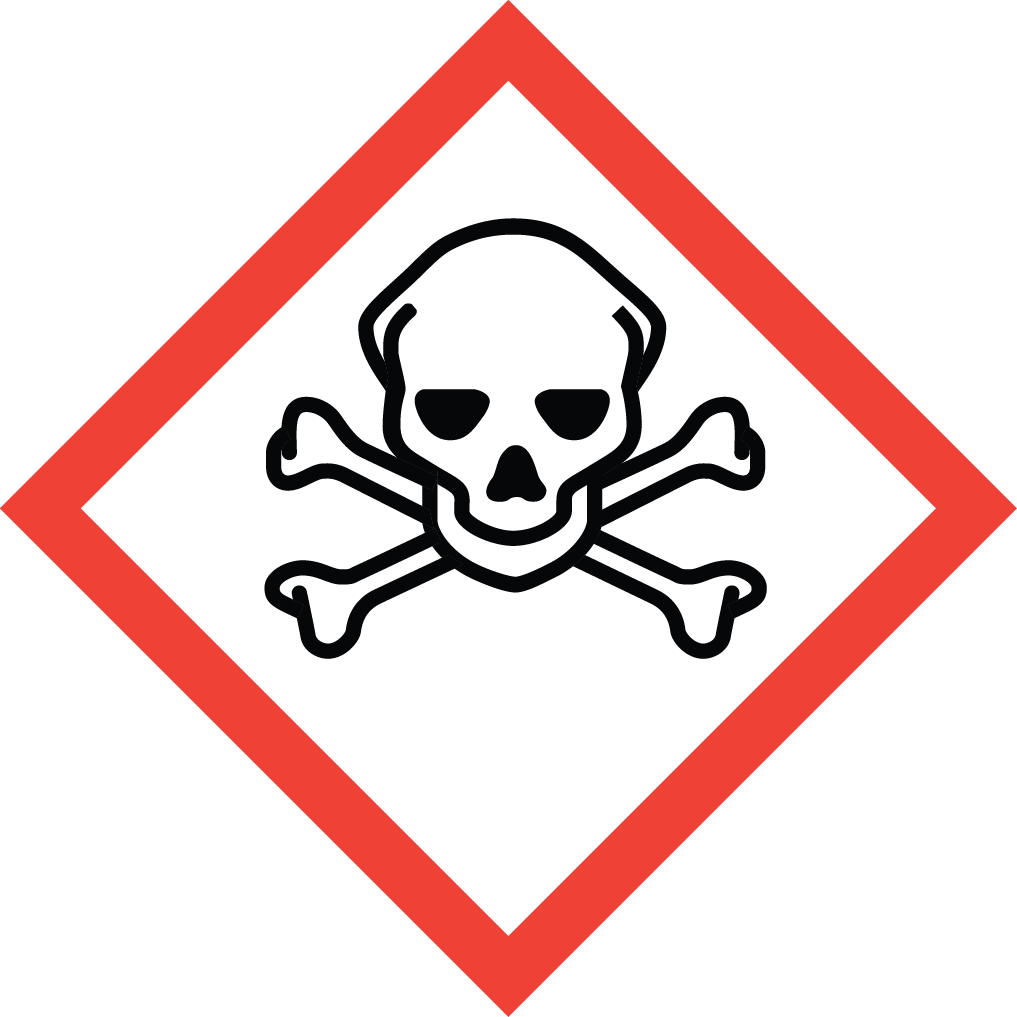 GHS06: Acute toxicity
GHS06: Acute toxicity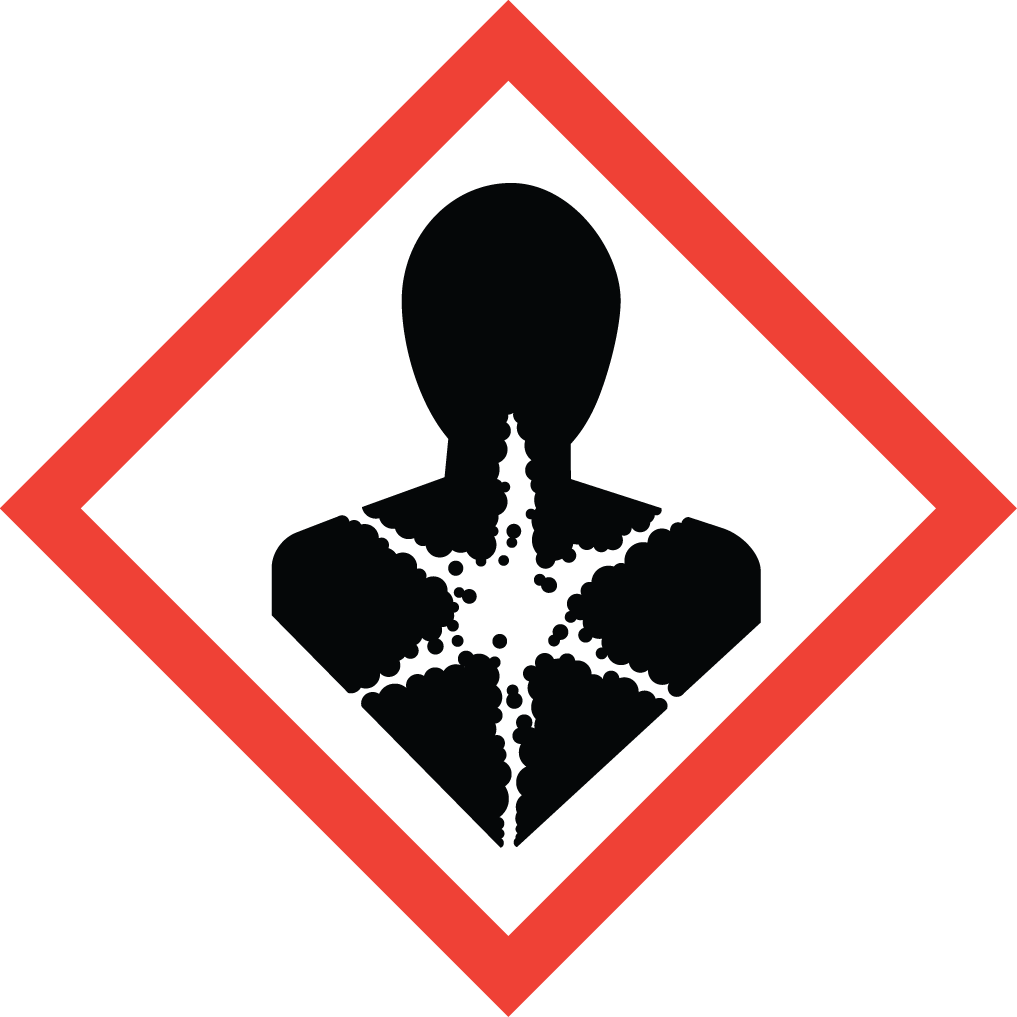 GHS08: Health hazard
GHS08: Health hazard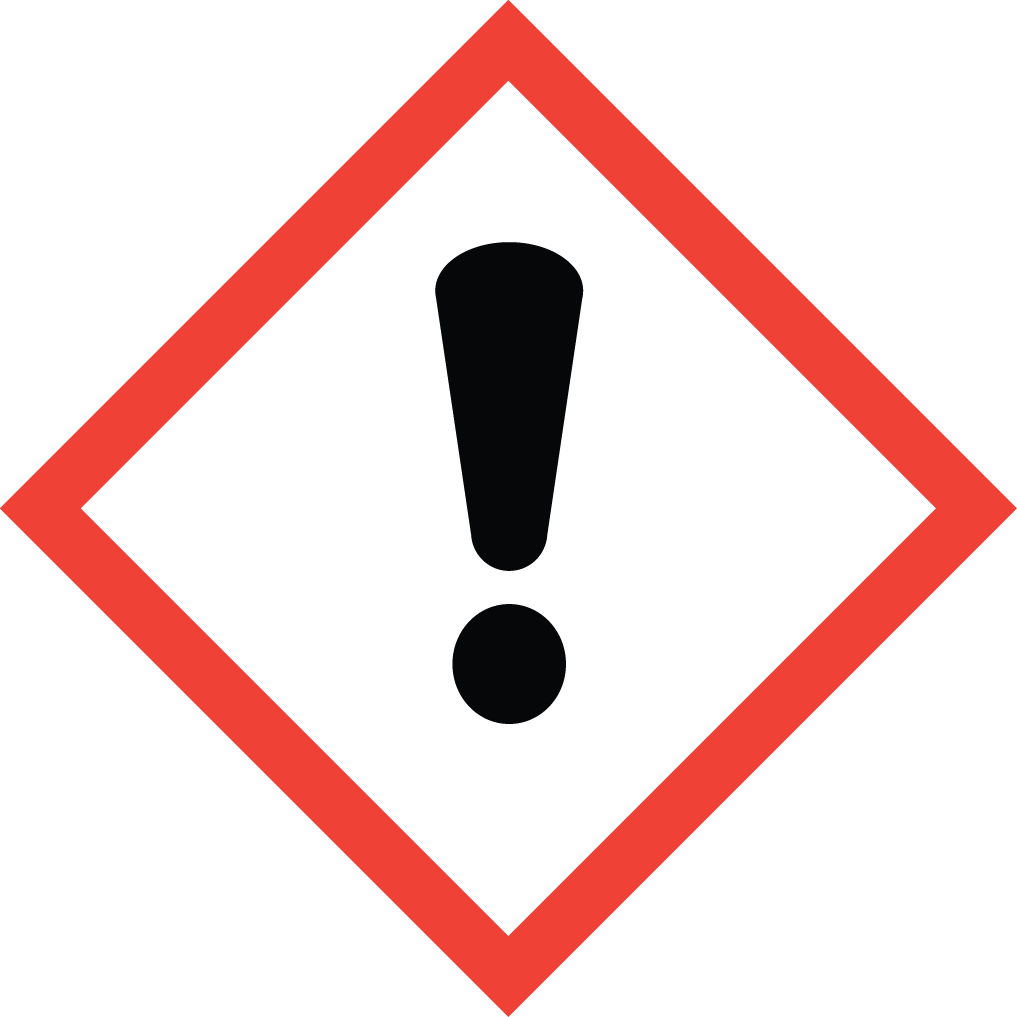 GHS07: Irritant
GHS07: Irritant GHS09: Environmental hazard
GHS09: Environmental hazard
